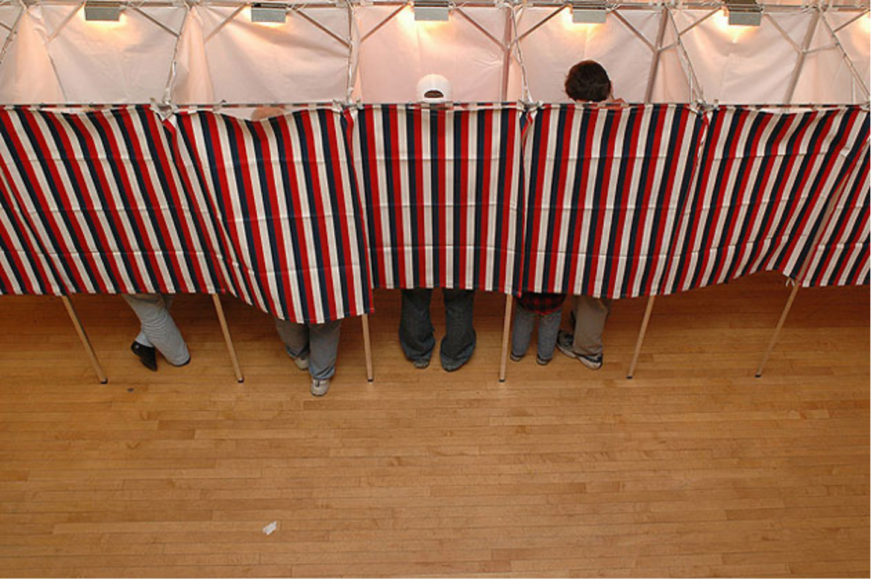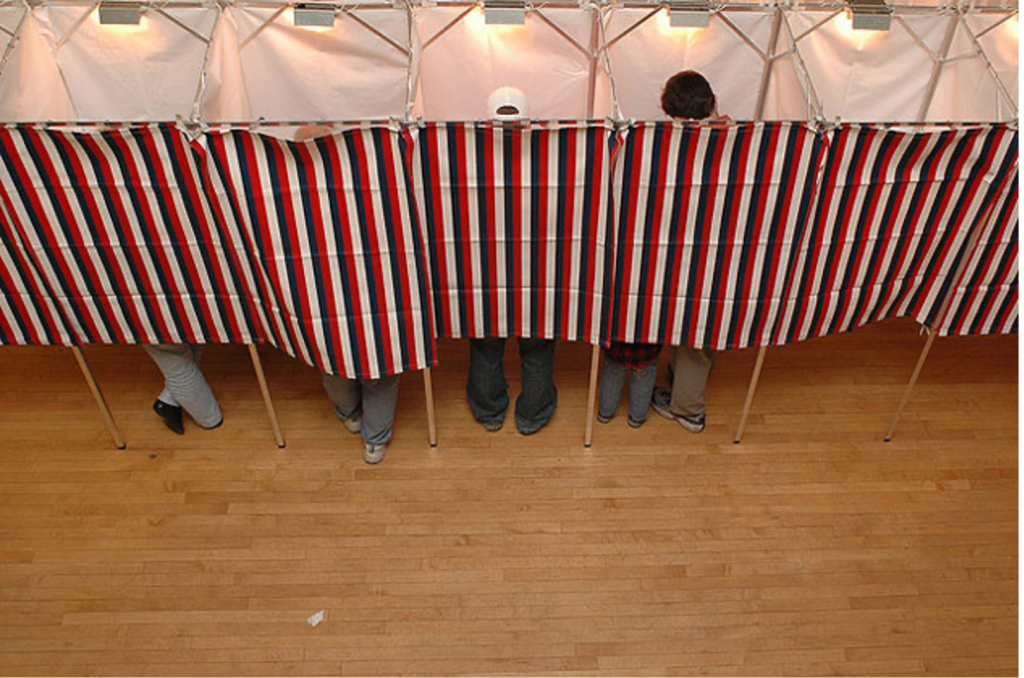
By Julie Tesch, President & CEO
“Seek first to understand, then to be understood.”
– Dr. Stephen Covey, “7 Habits of Highly Effective People”
Election Day has always held wonders for me. I grew up in southern Minnesota going to our local township hall with my parents. I vividly remember the wood-burning stove and wondering what was going on behind those pink curtains that were pulled shut for a few minutes at a time. All our neighbors were there, everyone was chatty, talking about the weather and the crops. We knew all our neighbors. We even knew who they would be voting for. There wasn’t much anonymity.
Fast forward 40 years to another Election Day, this time in Alexandria, Virginia, where work had brought me for several years. Again, I’m in line, waiting to cast my ballot in an election. I was curious. What would elections be like in a large urban area? Would it be exciting? Would there be conflict?
When I found the elementary school where I would be voting, I was greeted with a long, winding line. At first, I was annoyed with the wait, but then I put it in perspective: It was encouraging to see so many people wanting to cast their ballot and be involved in choosing our leaders. I had no clue who the people around me were, but they were my neighbors. It was the same excitement and positive energy I saw in Freedom Township. We were all happy to be there casting our ballots. Both rural and urban places exhibited community, but in different ways unique to their place.
Yes, there are differences between rural and urban populations. But rural is not the opposite of urban.
In fact, both places have more in common than most people realize. The differences come in the details. As the CEO of the Center for Rural Policy & Development, my job is to help show that policies made for the Twin Cities suburb of Robbinsdale might not work in western Minnesota’s Redwood Falls and vice versa, and that’s because they’re different. Different demographics, population density, incomes, tax base, industries, the list goes on.
Take health care. We all want access to quality health care, but a person without a car in the suburb of Brooklyn Center might be trying to figure out how to use public transportation to get to a medical appointment, while in Askov that same carless individual is looking for a ride from a neighbor or friend. Uber doesn’t exist in a lot of rural areas yet, taxis are expensive, and public transit is hard to come by, especially when your appointment is 50 miles away.
Today, we’re all quick to judge one another without really seeking to understand a person or situation. We make quick generalizations and label the person with a different experience or different views as “bad.” I do it, too. It’s not something I’m proud of, and I try to work on it every day.
We need the desire to understand people from different lived experiences and points of view. We need to embrace the nuances and differences in our population. It’s the only way forward, in my mind.
Most people have not had the chance like I have to live and vote in both urban and rural areas. Having that lived experience, I can honestly say that there is not an urban-rural divide. There is an urban-rural misunderstanding. Rural residents can’t possibly know how policies will truly affect residents in Minneapolis when they have never lived there, just like Minneapolis residents can’t understand how policy will affect the people in my town of 200.
What do I wish voters in the Twin Cities understood about life in Greater Minnesota and the issues driving my voting choices? I wish that urban voters understood that life in Greater Minnesota is not wrong or bad, it’s unique. I also wish the same for my rural counterparts when understanding urban voters. One area is not right or wrong, it’s just made up of people with different lived experiences, and that affects our voting choices.
Having lived equal parts of my life in urban settings and rural settings makes me believe that we need to learn to understand one another. I’m not suggesting that rural people become experts in urban policy or vice versa, but let’s not take the easy road and just assume that anything or anyone different is wrong and that we have to live with some hopeless, impossible divide.
Let’s look for decision makers who are willing to put in the hard work to create policies that work for both urban and rural, so that this perceived urban-rural divide goes away. Both rural and urban are valuable, and both make a difference in Minnesota. Let’s do the hard work and learn to appreciate our nuances. We may not know each other, but we’re all neighbors.
This piece first appeared in MinnPost’s Community Voices section Oct. 21, 2022.



